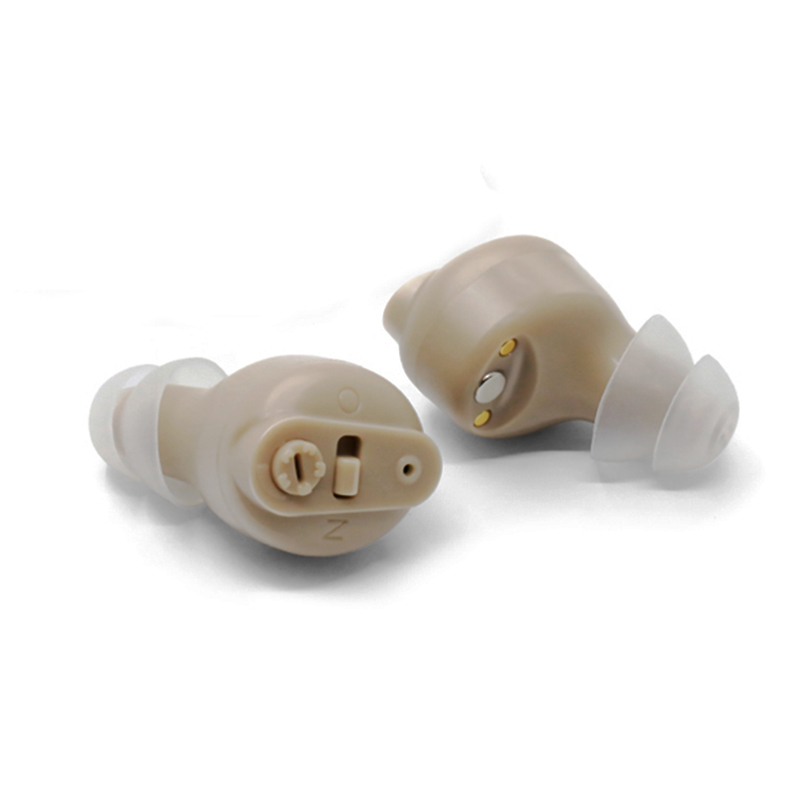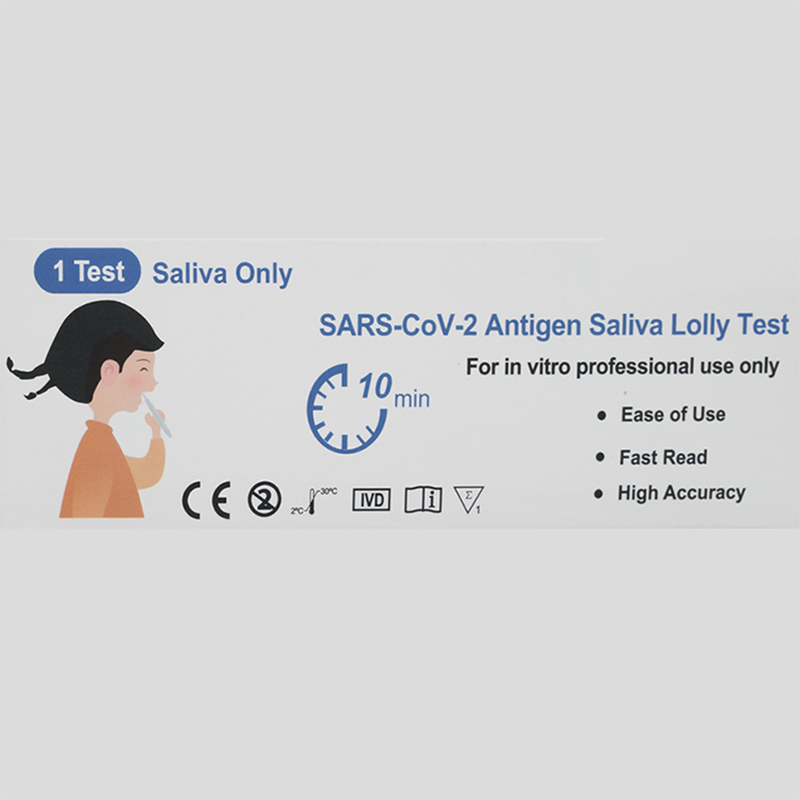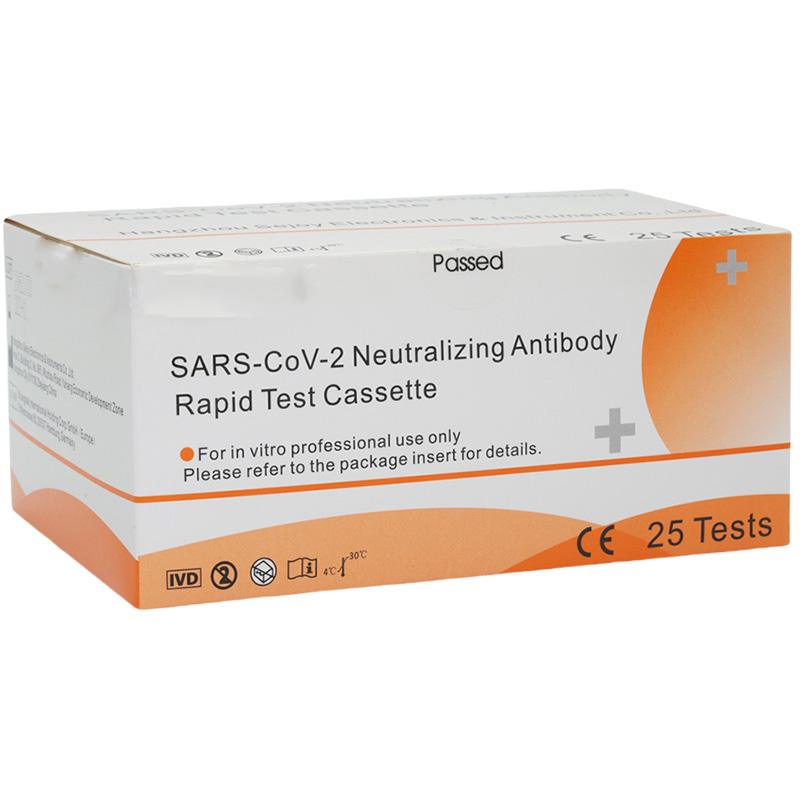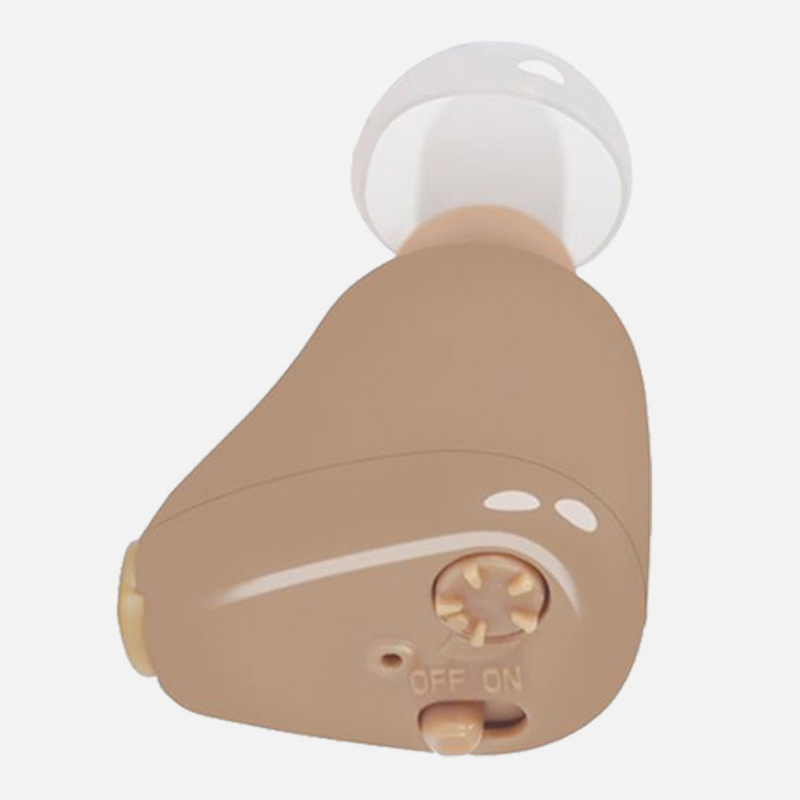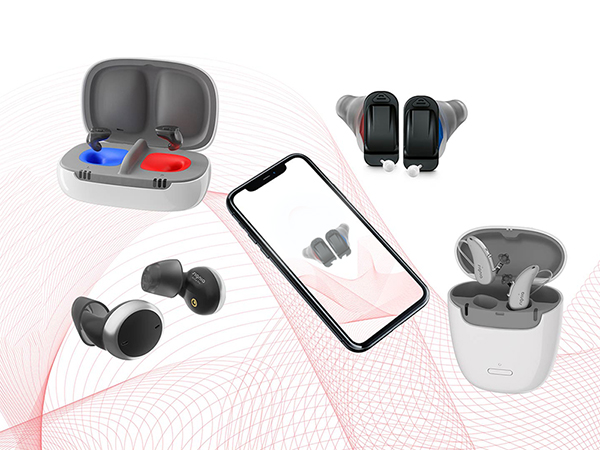how to find the best phone compatible with the hearing aids
Are you in the market for a hearing aid compatible phone?
Finding the best cell phone for you depends on several factors:
1.Are you looking for a cell phone or a landline?
2.Do you use your phone a lot or not?
3.Is your hearing loss mild, moderate or severe?
Since technology is changing all the time, we recommend working with your hearing care professional, who may suggest options for you or even help you set up your phone's connection to your hearing aids. Also, plan to try different phone models as you shop and test to see which one works best for you.
Smartphone Compatible Hearing Aids
Today, cell phones -- also known as smartphones, cordless phones, or mobile phones -- are by far the most common type of cell phone purchased. New models and features are constantly being developed, and luckily the FCC requires them all to be hearing aid compatible (known as HAC ).
Smartphones for mild or moderate hearing loss
If you have mild or moderate hearing loss (most people with presbycusis or age-related hearing loss fall into this category), you're in luck: you probably don't need to do anything special to be able to Hearing aids are used over the phone, thanks to a technique known as "acoustic coupling." In simple terms, this sentence means that when you use your phone normally, your hearing aid microphone automatically picks up the sound from your phone. shortcoming? It may also pick up some background noise.
When buying a mobile phone, look for the so-called hearing aid compatibility M rating. M grades range from 1 to 4, with 4 being the best compatibility. Higher ratings mean less distracting noise and feedback, but some unwanted noise is still possible. M3 is probably the most common rating - for example, all iPhones currently on the market are rated in this range.
A smartphone with severe hearing loss (or if you want a very clear signal)
If you have more severe hearing loss - or you use the phone a lot and/or want a very clear signal - you need to make sure the "electric coil" in your hearing aids is on. The electrical coil directs the sound to the hearing aid's processor, which improves the signal-to-noise ratio while eliminating the possibility of hearing.
Your induction coil may turn on automatically, or you may be required to manually switch to induction coil or "T" mode. Please ask your hearing care provider for more details. This is also what you need to test when trying different phones. If you plan to use the Telecoil function, look for a so-called hearing aid compatibility T rating. The T scale is also between 1 and 4, with 4 being the best. Many phones today are T4s.
Bluetooth
If you wish to transmit sound via a special technology such as Bluetooth, you will need to make sure your hearing aids can use the technology. Not sure if you need it? Learn what Bluetooth is and how it works with hearing aids.
Landline phones (including cordless phones)
Good news: According to the FCC, all workplace, public and emergency calls must be HAC.
However, if you're in the market for a home phone, you'll want to make sure the model you're buying is marked HAC. Also, look for the same rating system above (M and T ratings) to determine compatibility levels. This applies to regular and cordless phones.
While landlines don't offer the portability of mobile phones, they generally offer great sound and reliability because you're not tied to a choppy cellular network or internet signal. There are countless models that are labeled HAC, and many will have additional hearing-impaired features, such as a super loud ringer or incoming call flash.
Other features to consider
*Volume control: Most mobile and landline phones on the market have volume control, an important feature of hearing aid compatible phones. You may also want to have volume control for the ringtone so you don't miss a call. You can also benefit from the wide variety of ringtones available. Depending on the configuration of your hearing loss, some may be easier to hear than others. This is a good feature to test while shopping.
*Incoming call alert: Some HAC landlines flash or vibrate when someone calls, so you don't have to rely solely on audible signals. This is especially useful when you are watching TV or listening to music. Almost all cell phones also have this feature.
*Speech-to-text: These landlines, also known as captioned phones, make it easier to communicate over the phone because you can read the text on the screen while listening to the audio. Phones with subtitles are also available with larger screens, making it easier for the visually impaired to read text.
*Texting: People with hearing loss may prefer to simply connect with others via text messaging (also known as texting) on their cell phone, so get a cell phone plan that includes unlimited texting and a device with an easy-to-use typepad.
How to find the phone
Hearing aid compatible phones are available through many different providers, and you can check your specific service's website for the best phone. Mobile phone companies will list the best phones for hearing aid wearers. Ask to try any phone before committing to a purchase, as interference may vary by location. You may want to try a few before deciding on one. The highest grade is M4/T4.
You can also ask your local hearing care provider for help and advice on hearing aid compatible phones. They can advise on your specific needs and can help you understand how to use the equipment of your choice for best results.

